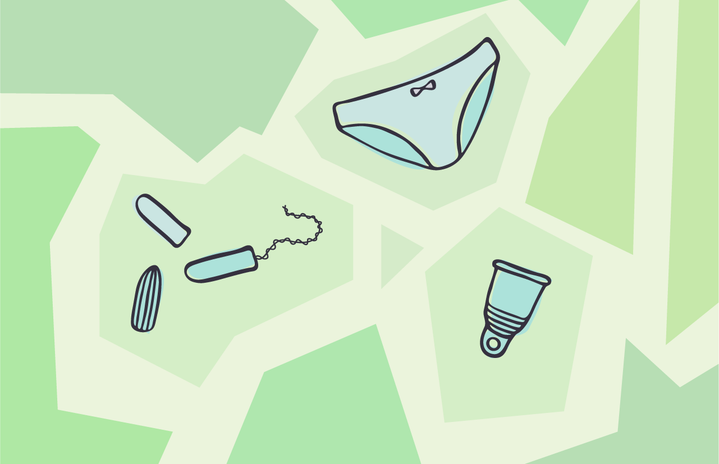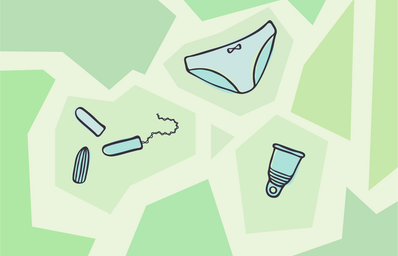The environmental impacts caused by disposable tampons begin from the extraction and processing of their raw materials, which are based on the production of plastic, to their disposal. Today, women have a huge variety of disposable absorbent methods, such as intimate, daily use and night use, among many others. Like anything disposable, tampons also generate waste production and, consequently, pollution, bringing various damages to the planet.
It is estimated that a woman, from puberty to menopause, makes use of 10,000 to 15,000 absorbents. In Brazil, for example, there is no recycling process for this type of waste, which ends up in dumps and landfills, extremely degrading to the environment. Therefore, it is important that we rethink our habits of consumption and disposal, any small sustainable action we take can help in the quality of life of our generation and the next ones that will come.
After this discussion is raised, especially, on social networks, the reusable absorbent methods have become famous and many women are already adhering to this new lifestyle which, besides helping the planet, is financially economical, because there is no need to buy new adsorbents at each menstrual cycle.
In this article we will discuss the main sustainable absorbent methods, what they are and their advantages and disadvantages. Check it out:
-
Menstrual Cup
-
As the name suggests, this method consists of a little cup that should be introduced into the vaginal canal, just like the traditional tampon, but unlike this, the menstrual cup collects menstrual blood instead of absorbing it. This absorbent method, if well preserved, lasts from five to ten years and can be used for up to 12 hours in a row, depending on each woman’s period.
Advantages:
– Even if initially expensive, in the long run its use proves to be economical, since it eliminates the need to purchase at each menstrual cycle;
– Freedom in mobility and clothing;
– Does not exhale odor;
– Unlike common methods, which must be changed at intervals of a few hours, the menstrual cup must be removed, emptied and washed every 12 hours;
– After the period of adaptation, the cup becomes practically imperceptible, unlike the disposable methods that can dry the vagina and make wounds in the groin.
Disadvantages:
– The adaptation can be complicated and time consuming for some women, who must get used to the way of placing and removing the glass;
– The hygienization is not as simple as the disposal of common tampons, which can be done anywhere, it is necessary to have a personal bathroom for cleaning it.
- Menstrual panties
-
This method is like any other panty we wear and know, the only difference is that it absorbs menstruation and does not let it stain the clothes, causing discomfort.
Advantages:
– Most women feel no difference from this panty to the traditional one;
– Doesn’t exhale odor;
– Can be worn for up to two years;
– It has several layers and varied models for all kinds of menstrual flows: light, moderate and intense;
– The tissue is hypoallergenic.
Disadvantages:
– The exchange cannot be done anywhere;
– Many women do not find the ideal size for their body.
- Absorbent cloth
-
This method is one of the oldest in existence, when disposables didn’t exist yet, women used cloth absorbent. Now, women have used it again, but in a more modern version. It works exactly like a disposable absorbent, it is placed and used in the same way, but it can be washed and reused, becoming more sustainable and economical.
Advantages:
– They can be done at home;
– It’s attached to clothes;
– Does not cause allergies or irritations;
– It has several options, with several layers and sizes;
– Comfortable to use it;
Disadvantages:
– Its absorption layer is highly effective, but when compared to the menstrual collector, for example, it offers a higher risk of leaks.
—————————————————————–
The article above was edited by Carolina Rodrigues.
Liked this type of content? Check Her Campus Casper Libero home page for more!


